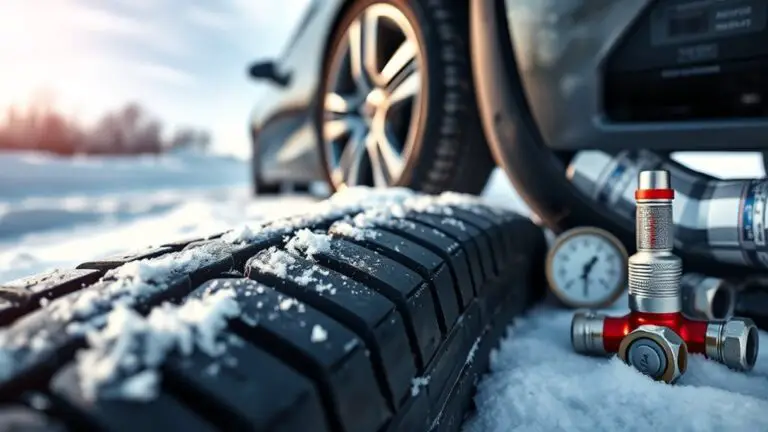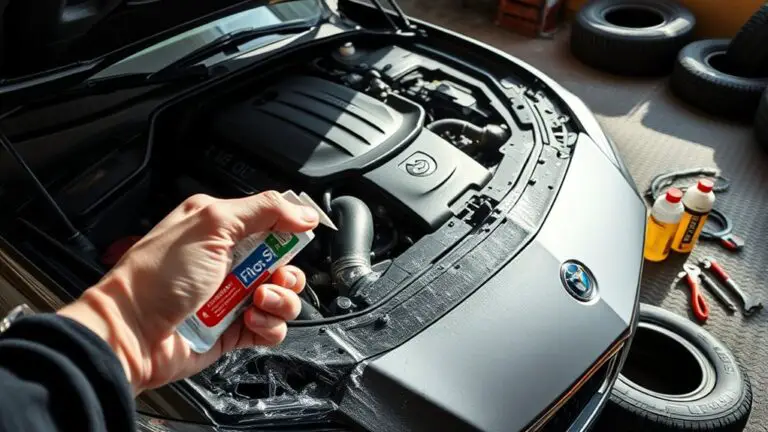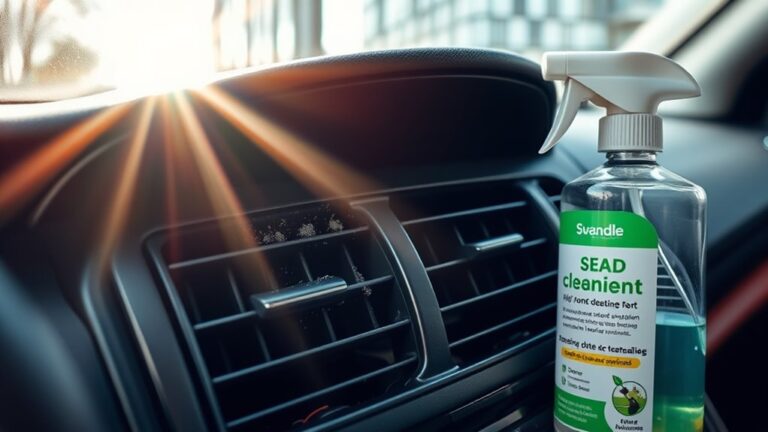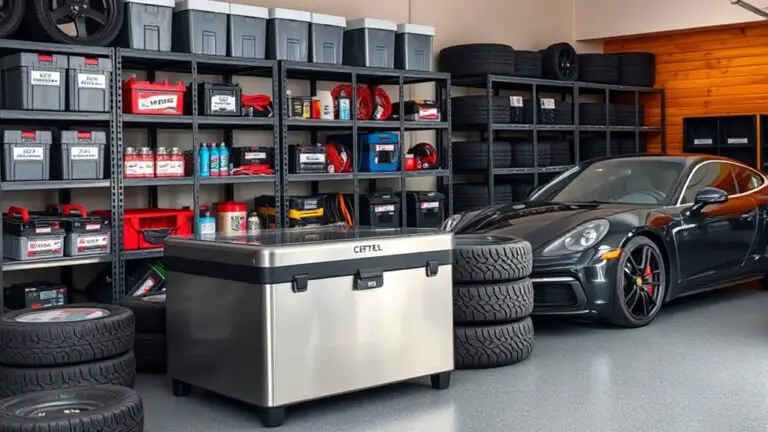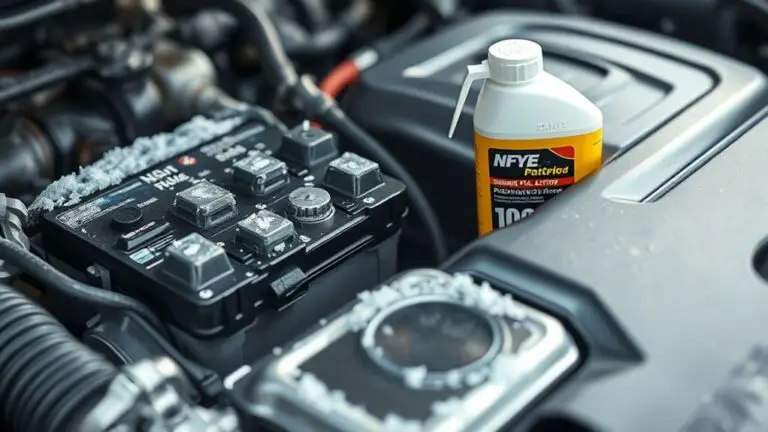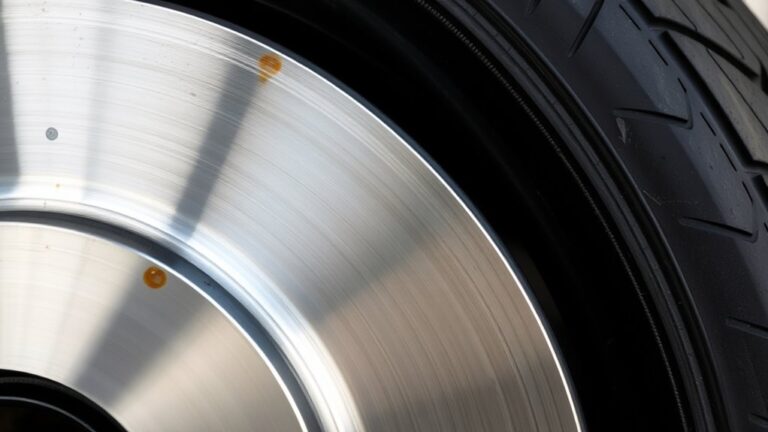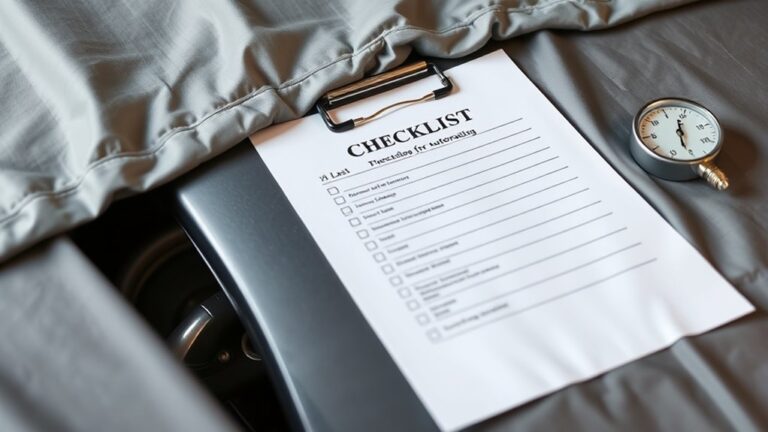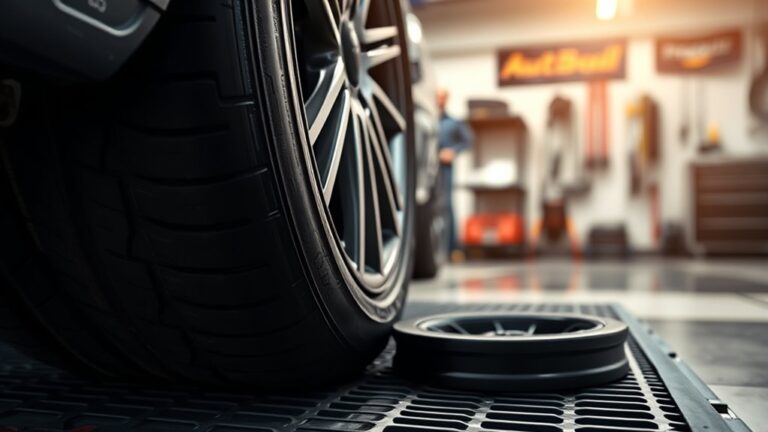How to Prevent Rodent and Pest Tire Pressure Loss in Cold When Parked
To prevent rodent and pest damage and keep tire pressure stable when parked in cold weather, select a storage spot with stable temperature, low humidity, and minimal drafts. Use purpose-built covers and breathable barriers to seal tires and valve stems, and verify fit without sagging. Maintain defined cold-weather inflation targets, recheck after initial run-in, and…

